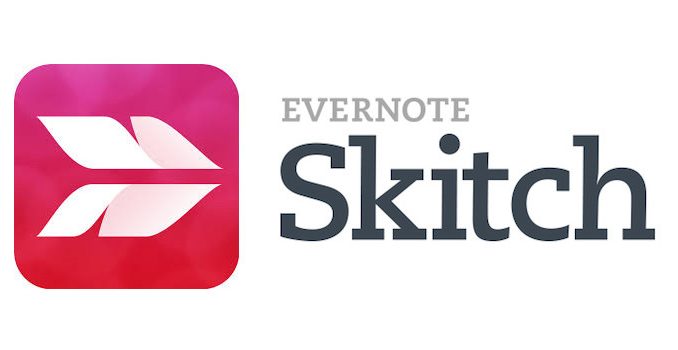
If you’re capturing too large an image, you’ll have a huge file. An example of a tool that does this is Greenshot, which I’ll discuss in more detail below. Finally, you can know your image size beforehand by using an image capture tool that tells you how many pixels you’re capturing as you capture them.If you know you captured a large image but it’s looking fuzzy in the draft, check this setting-WordPress may have automatically inserted it at a smaller size. This is always a good idea since WordPress sometimes automatically shrinks the image in the draft. You can even take a quick glance at how WordPress is handling the image after you’ve inserted the image. Assuming you’re composing in WordPress, you see how big your image is by checking the image stats in the screen that appears after you upload your media file.You can check the file data by right-clicking on your image file, selecting “properties,” and checking the width and height in “details.”.There are a few ways you can see how big your image is. But overkill is better than underkill in the case of image size. Honestly, 1,000 pixels is often overkill. When what you want to capture stretches across the whole screen like this, you can see why I recommend 1,000 as the minimum.
SKITCH TIMED SCREENSHOT CODE
And here’s what that same code looks like captured at 1,000 pixels across.But here’s what long, screen-length code looks like captured at 500 pixels wide.Here’s what Hit Subscribe’s round logo looks like at 150 x 150 pixels. A thumbnail is usually in the low hundreds.A favicon-those little custom images that show up in the tab of your browser when you visit a site-are usually 16 pixels by 16 pixels.What Are Some Image Sizes I Can Use For Reference?īefore you get started, you might be wanting to familiarize yourself with what some different sized images actually look like. If you’re taking a portrait-oriented screenshot, you should be good if you can make your wide edge more like 500 pixels. Whatever length you need to capture will be fine as long as your width is 1,000 pixels. What’s a Good Size for My Image to Be?įor rectangular-shaped, landscape-oriented screenshots, I tell Hit Subscribe authors to aim for at least 1,000 pixels wide. When you take a screenshot, you want an image that’s a sufficient number of pixels lengthwise and heightwise. When we’re talking digital images, your image size is how many pixels wide by how many pixels long your image is. What is a “large image”? What We’re Referring to When We Talk About Image Size It’s the most important thing you can do.īut if you don’t know much about digital images and terminology, you’re already lost. You have to capture a large initial image.

If you take one thing away from this post, it should be this: The First and Only Rule: Capture a Big Enough Image But don’t skip the primer here! You need this background, or you won’t be properly equipped to execute the instructions. In the second part of the post, I’ll walk you through the process of taking a great screenshot.


Here are the keys to taking beautiful screenshots. Readers shouldn’t have to squint their eyes and hope the letters reveal themselves like in an optical illusion. If so, you know a tutorial is only as good as its screenshots. Ever see a tutorial with a screenshot that looks like this?


 0 kommentar(er)
0 kommentar(er)
